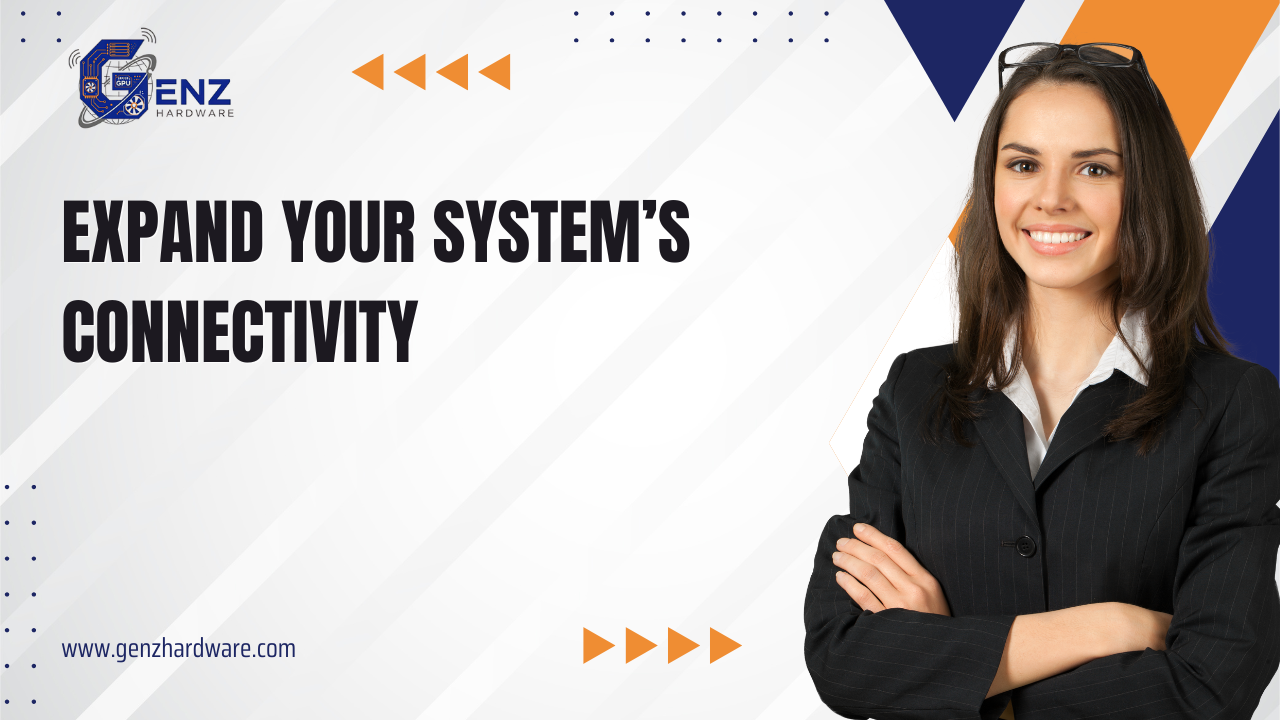
I/O Cards & Panels: Expanding Connectivity for Modern Systems
Every computer or server relies on input/output (I/O) connections to communicate with external devices. From USB peripherals and displays to storage devices and networks, the right I/O setup makes all the difference. I/O cards and panels are designed to expand and optimize these connections, ensuring your system stays versatile and future-ready.
What Are I/O Cards & Panels?
-
I/O Cards: Expansion cards that add new ports or functionalities to a system, such as USB, Ethernet, HDMI, or audio.
-
I/O Panels: The physical interface where these ports are accessible—usually on the front or back of a computer or server chassis.
Key Benefits:
-
Expanded Connectivity: Add extra USB, HDMI, Ethernet, or storage ports.
-
Performance Boost: High-speed cards (like USB 3.2 or 10GbE Ethernet) improve data transfer and networking.
-
Customization: Tailor your system’s I/O options based on specific needs.
-
Compatibility: Ensure legacy devices can still connect to modern systems.
-
Future-Proofing: Keep systems relevant with the latest I/O standards.
Common Types of I/O Cards:
-
USB Expansion Cards: Add more or faster USB ports.
-
Network Interface Cards (NICs): Enhance networking with Gigabit or 10GbE connections.
-
Graphics & Display Cards: Provide HDMI, DisplayPort, or multiple monitor support.
-
Audio Cards: Improve sound quality for media production or gaming.
-
Storage Interface Cards: Add SATA, SAS, or NVMe ports for additional drives.
When to Use I/O Cards & Panels:
-
When upgrading older desktops or servers that lack modern ports.
-
For professionals needing high-speed networking or specialized connections.
-
To support multiple displays, advanced audio, or storage expansion.
-
For data centers where I/O flexibility ensures scalability.
Conclusion:
I/O cards and panels may not be the most glamorous components, but they’re vital for keeping systems flexible, powerful, and compatible with modern technology. Whether for personal PCs, workstations, or enterprise servers, they ensure smooth connectivity and improved performance.








